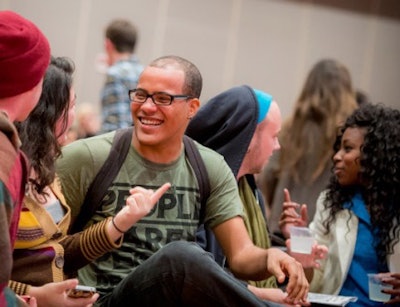
Last week’s release of the highly-anticipated Campus Climate Study has provided important data on what officials describe as the UC system’s most comprehensive effort ever to measure the social climate at its 10 campuses and major off-campus facilities, such as the Lawrence Berkeley National Laboratory. The study was based on roughly 104,000 responses from a survey pool of more than 386,000 UC students and employees asked between 2012 and 2013 to complete a 93-item questionnaire.
UC officials commissioned the study, which includes individual UC campus reports, as part of a campaign to promote tolerance and respect in the wake of a series of racially and ethnically charged incidents that include a KKK hood and noose being found at UC San Diego in 2010, complaints about bias from UCLA faculty and staff in 2012, and ongoing tensions between Palestinian supporters and Jewish students at a number of schools.
“We seek to create and nurture in every corner of the University … an ethos of respect for others and inclusion of all. Such an ethos need not undermine the spirit of free speech and acceptance of differing ideas and attitudes that have long been the University’s hallmark,” wrote UC President Janet Napolitano and other UC leaders in a letter introducing the survey results.
While University of California (UC) officials expressed concern that a significant proportion of the university system community had encountered incidents of discrimination and intolerance, they took satisfaction in the finding that 79 percent of “survey respondents were comfortable or very comfortable with the campus climate” at UC.
“Overall, the news is good. The survey results show that a large majority of respondents are satisfied with the overall climate at UC, and three-quarters of respondents said they’re comfortable with the climate for diversity in their work unit, academic area, or clinical setting,” the study summary says.
In other findings, 73 percent of undergraduate students, 78 percent of graduate students, and 56 percent of faculty and post-docs said they were comfortable or very comfortable with the climate in their classes. In contrast, 7 percent of undergraduates, 5 percent of graduate students, and 2 percent of faculty and post-docs reported they were uncomfortable or very uncomfortable.















